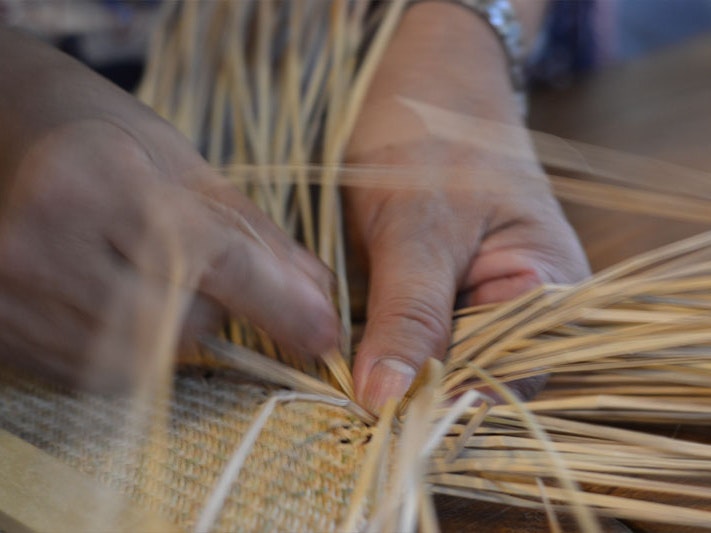
Introduction
Read an introduction to this learning resource, and the artwork that inspired it.
Free museum entry for New Zealanders and people living in New Zealand
Open every day 10am-6pm
(except Christmas Day)
Free museum entry for New Zealanders and people living in New Zealand
This resource uses two main inquiry arcs – a content-rich exploration, and then in response, active learner-led creation. Reflective activities are integrated throughout.
The rich tasks in this resource are organised in two kete, Explore and Create. Activities that encourage learners to Reflect are embedded in the tasks in both kete.
This simple inquiry model is underpinned by quality practice. The Explore kete emphasises the importance of knowledge acquisition so that meaningful, contextual responses can take place in the Create kete. The Create kete provides the space within which learners can use the insights they gained from the Explore kete to inform their creative responses.
The Explore kete unpacks possible directions for the inquiry to go. Tasks offer ways in which Te Papa, and its collections, can be a valuable place for teachers and learners to gather knowledge, understandings, and insights. The Explore kete includes possible inquiry questions to frame a local inquiry, provides a number of rich tasks, and ends with activities that refine insights in advance of learners embarking on tasks within the Create kete.
The Create kete brings the relevance of Reihana’s artwork ‘home’ to the teacher and learner. This stage uses a place-based approach to engage with the artwork so that relevant connections can be made with the intent of Reihana’s work and place-based histories. A smorgasbord of suggestions provide rich ways in which learning, across the curriculum, can be made visible.
The Reflect stage is embedded within and across the Explore and Create stages, encouraging teachers and learners to be mindful of the learning process itself, evidence and evaluate their learning, and consider next steps. It includes ways in which teachers and learners can create shared criteria for success to inform approaches to assessment.
Within each kete a range of suggested activities are described. These activities are rich tasks designed to provide teachers with illustrative ways to explore the artwork and its relevance to their learners’ lives. The tasks are not linear, and are designed in such a way that teachers can pick and mix activities to fit their learners. The tasks may even simply be provocations from which teachers are free to design their own inquiry activities.
The rich tasks weave key competencies and curriculum content together, so that learners can develop meaningful capabilities. Within each task:
the purpose is clear and the task is doable
the activity is both cognitively and emotionally rich
differentiation is built in by design and student agency is fostered
student thinking is made visible.
– NZCER, Rich tasks planning deck, 2019

Read an introduction to this learning resource, and the artwork that inspired it.

From the Past, for Tomorrow offers place-based, learner-led approaches that give life to the front end of The New Zealand Curriculum.

This resource weaves together learning areas from the NZC, using high impact practices within local curriculum, such as developing community relationships for learning.